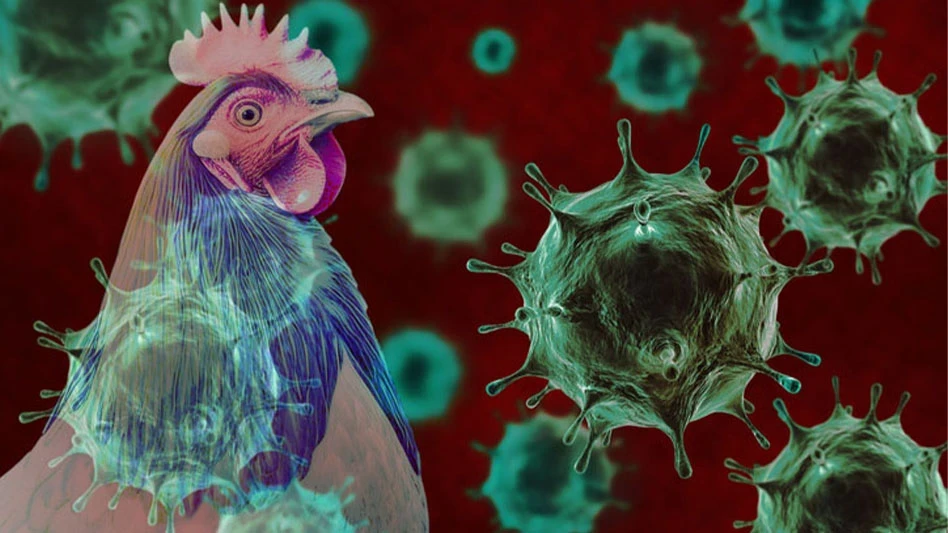
1. What’s new in allergens in 2023?
The plant-based sector has some interesting challenges for allergen management. Maybe the biggest is so-called animal-free dairy, which includes milk proteins created without cows. These foods still trigger allergic reactions, so keeping people safe will require careful marketing and labeling. And separately, sesame is now the ninth major food allergen in the United States.
2. What’s the difference between gluten and allergens?
In the U.S., gluten labeling is voluntary. A facility that chooses to label products as gluten-free is held to strict guidelines, including a cap of 20ppm (parts per million) on unavoidable cross-contact from gluten-containing grains. Allergen labeling — including wheat, but not barley or rye — is mandatory. Thanks to the Food Allergen Labeling and Consumer Protection Act of 2004 (FALCPA) and the Food Safety Modernization Act (FSMA), all facilities must manage allergen risk. Luckily, allergens and gluten share many best practices.
3. I keep hearing about validation and verification. Are they not the same?
They are not. You validate a program or a product to prove it works as intended. You verify an action to prove it happened. For example, validating your allergen cleaning protocol ensures its effectiveness in removing specific forms of specific allergens via specific methods. Verification ensures that your team correctly ran the cleaning protocol today. Validations should happen at least annually; verification happens daily.
4. What types of on-site test kits are there for allergen management?
For most facilities, lateral flow devices (LFDs) are very helpful. They help determine the presence or absence of a specific allergen and require little to no equipment. Plus, LFDs are relatively quick and can often be used for both products and surfaces. Many facilities supplement with general protein swabs, which are less sensitive and less specific than LFDs but can help with verification.
5. How do I figure out which test kits to use?
The wrong kit is a waste of time and money and a danger to your brand and consumers. The right kit is one that your team can use correctly and that accurately detects the allergen as it is found in your facility. At Emport, we’re always eager to have this conversation with clients. That includes thinking about matrix validation, pointing out any limitations or kit modifications and supporting staff training.

Explore the March April 2023 Issue
Check out more from this issue and find your next story to read.
Latest from Quality Assurance & Food Safety
- Penn State Course Covers Fundamentals of Food Science
- Joint FAO/WHO Expert Committee on Food Additives Seeks Experts
- FDA Reschedules Webinar on Updated ‘Healthy’ Claim
- Thousands More Laid Off at FDA, CDC in HHS Restructuring
- USDA Extends Deadline on Request for Information for Poultry Quality Standards
- Dessert Holdings Issues Allergy Alert on Undeclared Pecans in Favorite Day Cheesecake
- Idaho Smokehouse Partners Recalls Beef Sticks Due to Possible Foreign Matter Contamination
- IDFA Leadership Symposium Set for June 23-26





